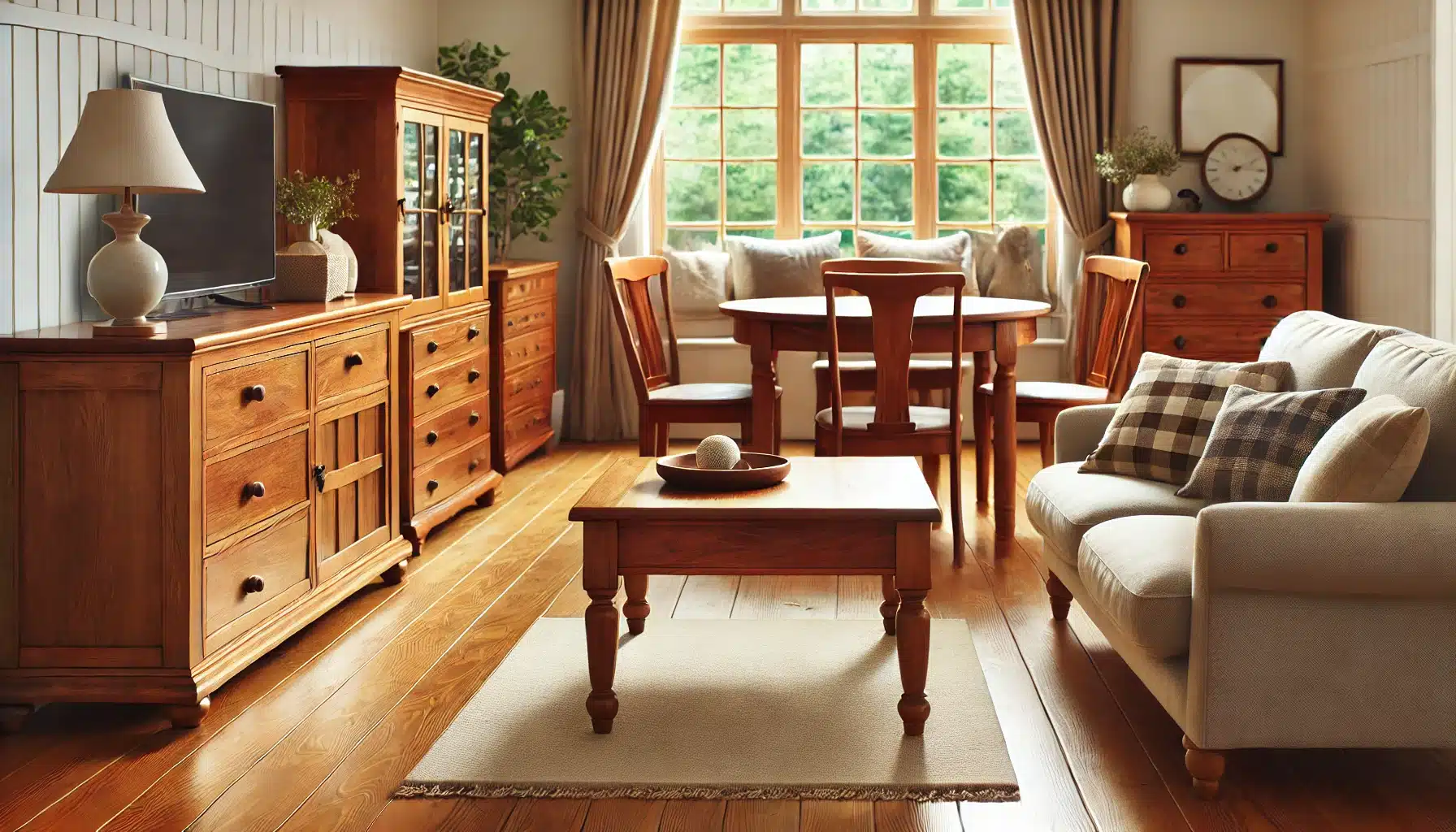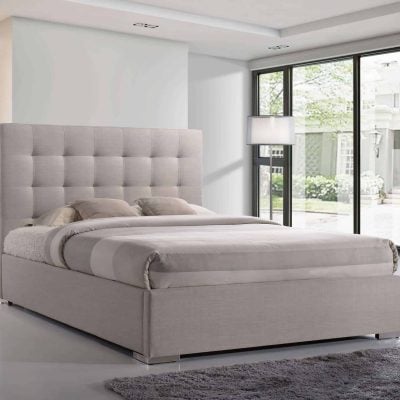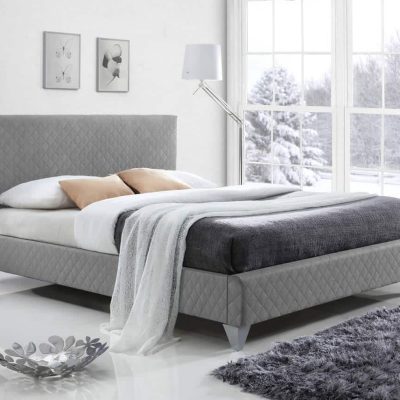Wooden furniture has long been a popular choice for homes across the UK, offering timeless beauty, warmth, and durability. Whether it’s a rustic dining table, a sleek modern coffee table, or an antique chest of drawers, wooden furniture can transform any room with its natural charm. But like any investment, wooden furniture requires proper care to keep it looking its best and to ensure it lasts for generations to come.
Over time, wooden furniture can suffer from wear and tear, scratches, and exposure to sunlight and moisture. The good news is that with the right maintenance routine, your wooden furniture can stay in excellent condition, preserving its beauty and functionality. In this guide, we’ll walk you through everything you need to know about maintaining wooden furniture, from cleaning techniques to protection tips.
Whether you’re dealing with oak, pine, mahogany, or walnut, these tips will help you keep your wooden pieces looking like new.
1. The Importance of Regular Dusting
It might seem like a simple task, but regular dusting is one of the most important steps in maintaining wooden furniture. Dust is more than just a nuisance—it can settle into the wood’s pores and dull its finish over time.
How to Dust Wooden Furniture Properly
- Use a soft cloth: When dusting wooden furniture, always use a soft, lint-free cloth like a microfiber or cotton cloth. Avoid using abrasive materials, as they can scratch the surface.
- Damp cloths are better than dry ones: Dry dusting can sometimes cause the dust to settle into the wood grain, which is why it’s a good idea to use a slightly damp cloth. Be careful not to over-wet the cloth—wood and excess water don’t mix well!
- Dust along the grain: Always dust along the wood grain, not against it. This prevents dust from becoming embedded in the tiny grooves of the wood.
Frequency of Dusting
For optimal maintenance, try to dust your wooden furniture once a week. This will prevent dust build-up and keep the surface looking fresh and clean.
2. Cleaning Wooden Furniture the Right Way
While dusting regularly keeps your wooden furniture looking good on the surface, deeper cleaning is essential for removing dirt, grime, and grease. But cleaning wood requires care—using the wrong products can cause more harm than good.
What You’ll Need:
- Mild soap (dish soap works well)
- Warm water
- Soft cloths or sponges
- A dry towel
Steps to Clean Wooden Furniture
- Prepare a gentle solution: Mix a small amount of mild soap with warm water. Be sure to avoid using harsh chemicals, bleach, or ammonia-based cleaners, as these can damage the wood’s finish.
- Dip and wring the cloth: Dampen a soft cloth in the soapy solution, then wring it out well. You want the cloth to be damp, not soaking wet.
- Wipe down the furniture: Gently wipe the wood, following the grain. Pay extra attention to areas that may have gathered grime, such as armrests, handles, or table edges.
- Dry the surface: After cleaning, use a dry towel to wipe away any remaining moisture. Leaving moisture on wood can lead to warping or water stains over time.
- Avoid soaking the wood: Water is one of wood’s worst enemies, so always use as little water as possible when cleaning. If you spill any liquid on your wooden furniture, wipe it up immediately.
For Heavier Cleaning
For stubborn dirt or sticky spots, you can create a slightly stronger cleaning solution by mixing equal parts water and white vinegar. Vinegar is a natural cleaner that’s safe for most wood finishes, but always test it on a small, hidden area first to ensure it won’t damage the surface.
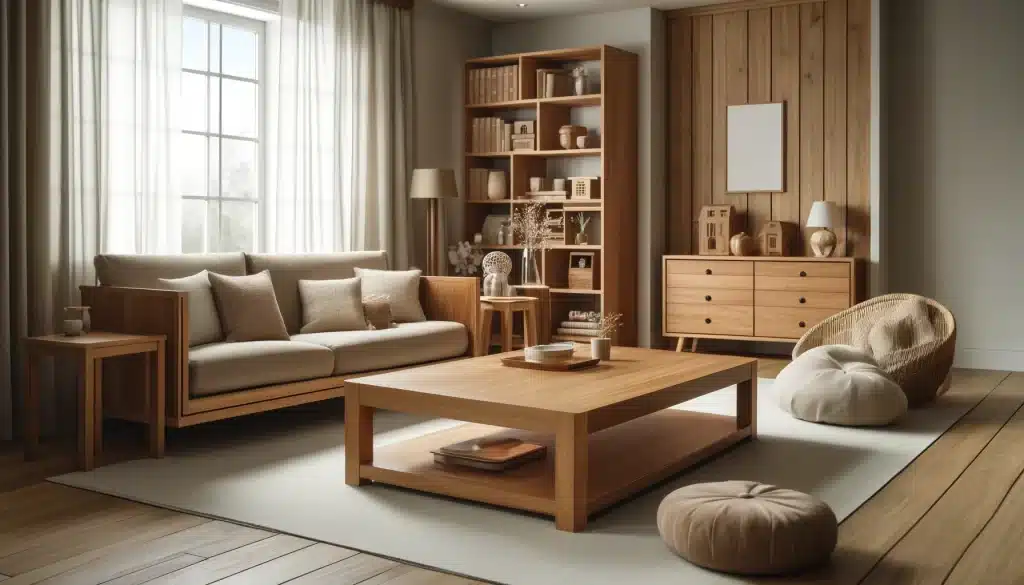
3. Protecting Your Wooden Furniture from Scratches and Damage
Wood is a durable material, but it’s not immune to scratches, dents, and other types of damage. Preventing scratches is all about taking proactive measures to protect your wooden furniture from everyday wear and tear.
Use Coasters and Placemats
One of the easiest ways to protect wooden surfaces from scratches and heat damage is by using coasters for drinks and placemats for hot dishes. Placing hot mugs, plates, or pans directly on the wood can cause unsightly marks or even scorch the surface.
Felt Pads for Furniture Feet
Furniture like chairs and tables can scratch your wooden floors or even the wooden furniture itself when moved. Stick-on felt pads for the feet of furniture are a simple, affordable way to prevent this damage. They’re especially useful for dining chairs, which are frequently moved.
Protective Covers for Outdoor Wooden Furniture
If you have wooden furniture outside, such as a garden table or bench, it’s important to protect it from the elements. UK weather can be unpredictable, with plenty of rain and moisture that can damage wood over time. Invest in durable furniture covers to shield your outdoor pieces from rain, frost, and UV rays. If possible, store outdoor furniture in a shed or garage during the winter months.
4. Polishing and Waxing for That Extra Shine
To keep your wooden furniture looking its best, consider polishing or waxing it occasionally. This not only enhances the wood’s natural shine but also adds a layer of protection against dust and moisture.
Polishing Wooden Furniture
Polishing wood furniture is a great way to revive its shine and bring out its natural grain. Look for a good-quality furniture polish that’s appropriate for the type of wood you have. Avoid using spray polishes that contain silicone, as they can leave a residue that builds up over time.
- Apply sparingly: Less is more when it comes to polishing. Apply a small amount of polish to a soft cloth and rub it into the wood using circular motions.
- Buff to a shine: After applying the polish, use a clean, dry cloth to buff the surface until it shines. Polishing once every few months is usually sufficient for most pieces of furniture.
Waxing Wooden Furniture
Waxing is an excellent way to protect wooden furniture, especially for high-use items like tables. Wax provides a protective layer that guards against spills, scratches, and wear.
- Choose the right wax: Use a soft paste wax specifically designed for wood furniture. You can find different types of wax depending on the wood finish—clear wax for a natural look or tinted wax to enhance the wood’s colour.
- Apply with a soft cloth: Scoop a small amount of wax onto a soft cloth and rub it into the wood in a circular motion. Be sure to follow the grain of the wood.
- Let it dry and buff: Allow the wax to dry for about 20 minutes, then buff the surface with a clean, soft cloth until the wood shines. Waxing every six months to a year is typically enough to maintain most wooden pieces.
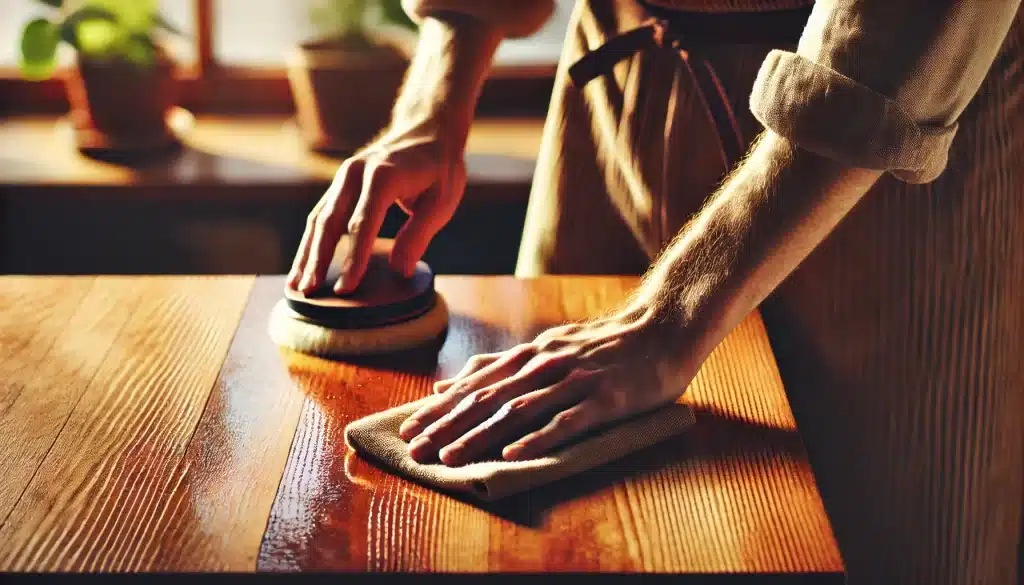
5. Dealing with Water Rings and Stains
Spills and water rings are common issues with wooden furniture, but they don’t have to be permanent. If your wooden table has developed those dreaded white rings from hot mugs or water spills, there are ways to remove them without damaging the finish.
Removing Water Rings
- Use a soft cloth and iron: One of the most effective methods for removing water rings is by using heat to draw out the moisture. Place a soft cloth (like a T-shirt or tea towel) over the water ring and run a warm iron over it for a few seconds at a time. The heat should lift the moisture from the wood. Be sure to keep the iron moving and never apply it directly to the wood.
- Try baking soda: Another method involves making a paste with baking soda and water. Apply the paste to the stain and rub gently with a soft cloth. This can help lift the stain without harming the finish.
Tackling Deeper Stains and Scratches
For deeper scratches or stubborn stains, a bit of wood filler or a wood repair kit might be necessary. These kits come in a variety of colours to match the finish of your furniture, allowing you to repair damage without having to refinish the entire piece.
6. Avoiding Sun Damage: Protecting Wood from UV Rays
While we may not always get scorching summers here in the UK, direct sunlight can still cause wooden furniture to fade or crack over time. If your furniture is positioned near windows, take steps to protect it from harmful UV rays.
Use Curtains or Blinds
Simple window treatments like curtains or blinds can help block sunlight during peak hours. This will prevent direct sun from fading the wood’s finish over time.
Rearrange Furniture Periodically
To avoid one area of your furniture receiving too much sun exposure, consider rotating or rearranging your furniture every few months. This ensures that any sun damage is evenly distributed, preventing one section from becoming more faded than the rest.
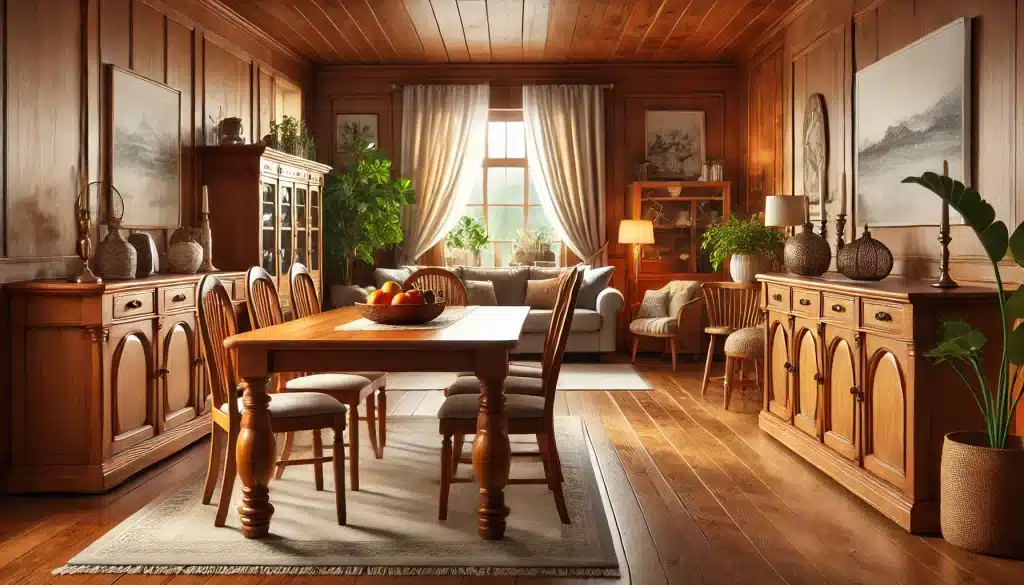
7. Long-Term Care for Wooden Furniture
Taking care of wooden furniture is about more than just regular cleaning and polishing—it’s about ensuring your investment lasts for years. With proper care, your wooden furniture can retain its beauty and value for generations.
Maintain Humidity Levels
Wood is a natural material that expands and contracts with changes in humidity. In the UK, where the weather can be damp and humid, it’s important to keep humidity levels stable to prevent wood from warping or cracking. Consider using a dehumidifier in rooms with high moisture levels or during particularly humid seasons.
Keep Away from Heat Sources
Wood is sensitive to extreme temperatures. Keep your wooden furniture away from heat sources like radiators, fireplaces, or direct heat vents, as prolonged exposure can cause the wood to dry out and crack.
Conclusion
Wooden furniture is a beautiful, timeless investment that can last for decades if properly cared for. By following these simple tips, from regular dusting and cleaning to polishing, waxing, and protecting your pieces from sunlight and heat, you can ensure your wooden furniture stays in top condition for years to come.
Whether it’s a cherished antique or a modern design, giving your wooden furniture the care it deserves will keep it looking stunning and functioning perfectly. With just a little time and effort, you can maintain the natural beauty and warmth that wooden furniture brings to your home.
Remember, wooden furniture ages gracefully with the right care, and these maintenance practices will help keep it looking new, protecting your investment for future generations.

